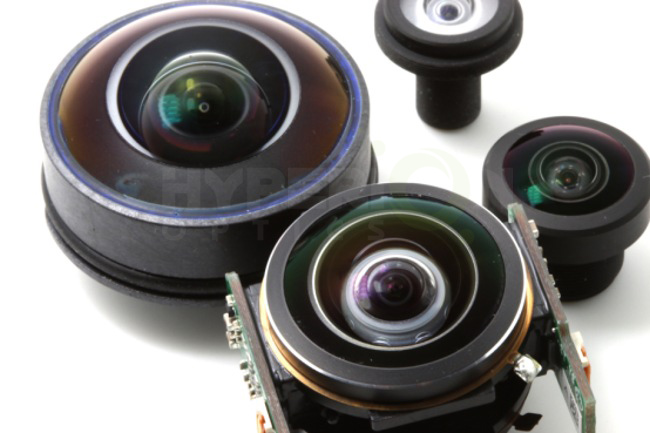
Typically fisheye lens has a front lens group of a greater negative refractive power than an ordinary inverted telephoto wide angle lens, with a large back focal distance. Its extreme power distribution will cause great field curvature in the transmitted image. As fisheye lens leads to significant barrel shaped distortion, to improve field curvature and astigmatism, it is necessary to compose a doublet to avoid significant negative deviation and provide correction of chromatic aberration.
Hyperion Optics designers’ expertise contributes various range of fisheye lenses customized projects, from sminiature fisheye lense used for 360 degree viewing device to 200mm in diameter dome projection fisheye lenses. Our fisheye lens database provides design result and simulations for full frame fisheye lenses, circular image (hemispherical) fisheye lenses with different focal length options.
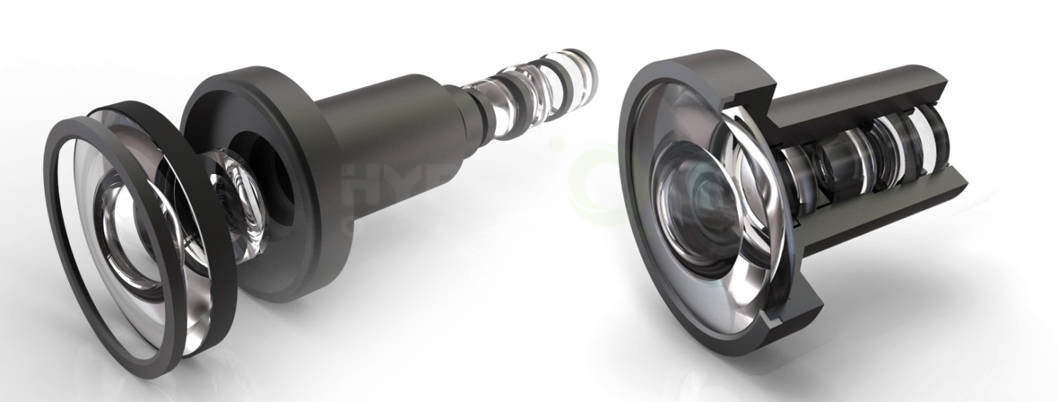
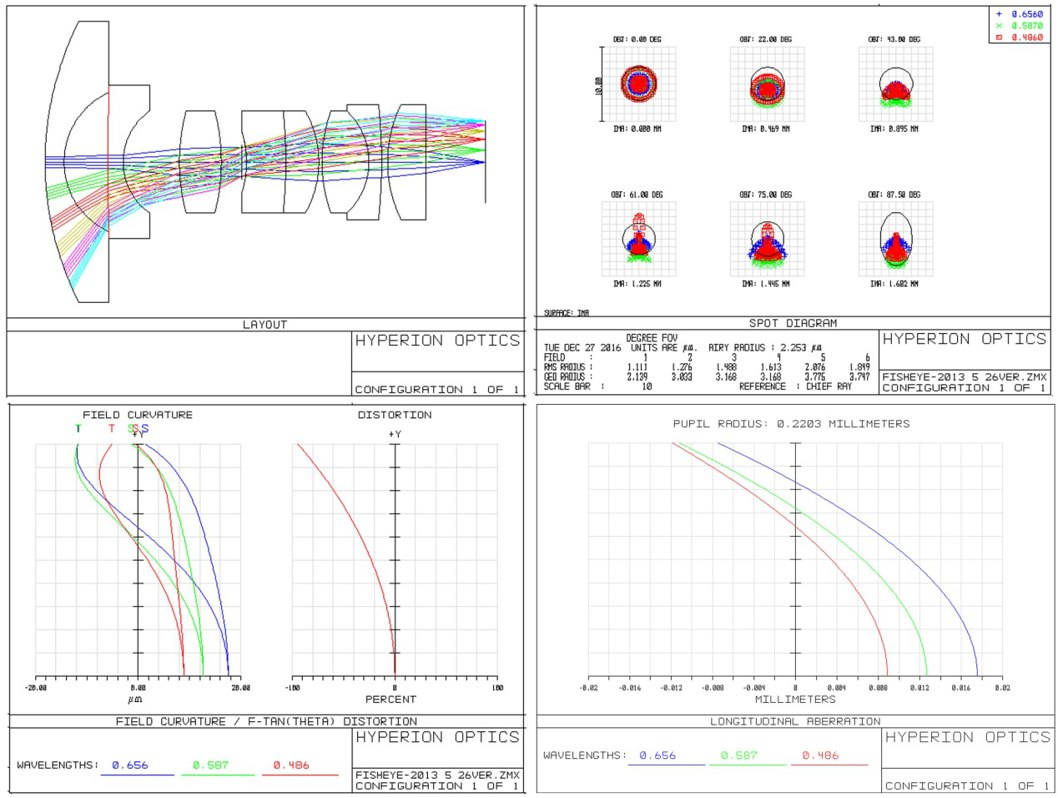
During design process, our designers evaluate relative illumination performance by utilizing real ray trace analysis, vignetting is also used to control off-axis aberrations due to a half stop or full stop in relative illumination is tolerable in conventional photography scenario. Distortion departure from f-theta mapping is also critical in our design phase, according to the initial simulation and calculation; our designers are able to adjust and optimize to reach an ideal solution. We also look into lateral color which is the lateral shift on the image plane intersection between the shortest wavelength chief ray and the longest wavelength chief ray by real ray trace analysis.
Fisheye lens is a lens with a focal length of 16 mm or shorter and the angle of view is close to or equal to 180 degrees.
The biggest role of a fisheye lens is the wide Angle, and the Angle generally can reach 220 ° or 230 °, which creates conditions for close range shooting of large scenes; A very strong perspective effect can be achieved when approaching the object; Fisheye lenses also have considerable depth of field.
1. The focal length is different.
2. The size of the Angle and the distortion of the image. As with other lenses, the wide Angle tries to correct the distortion on the edge of the screen and strives to match the picture with the object.
The fisheye lens deliberately keeps the barrel distortion of the image.
1. Pay attention to levels when photographing landscapes;
2. The main body should be in the center of the picture when shooting with a fisheye lens. Otherwise, it's easy to get deformed.
Its feature of wide Angle is used for scenery shooting. It can make the scene appear more imposing, and has a sense of space, and when the indoor environment is narrow, you can also take a seemingly spacious space It is much more convenient.
The fisheye lens has a large market and is widely used in the field of scene monitoring, satellite positioning, robot navigation, micro-intelligent system and engineering measurement.
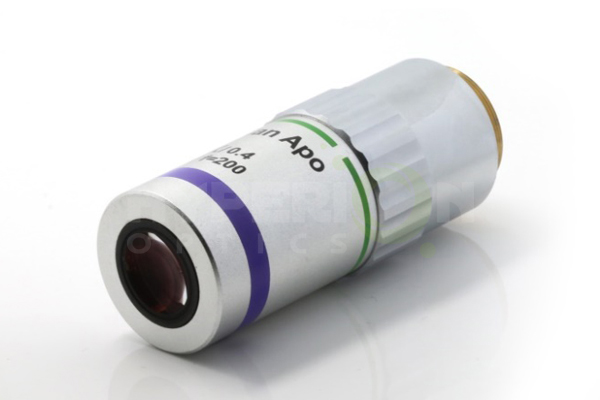
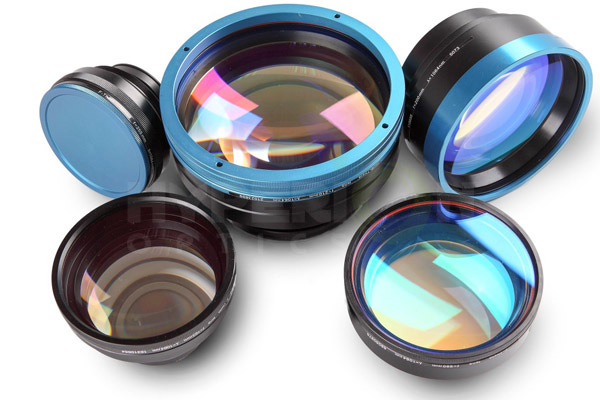
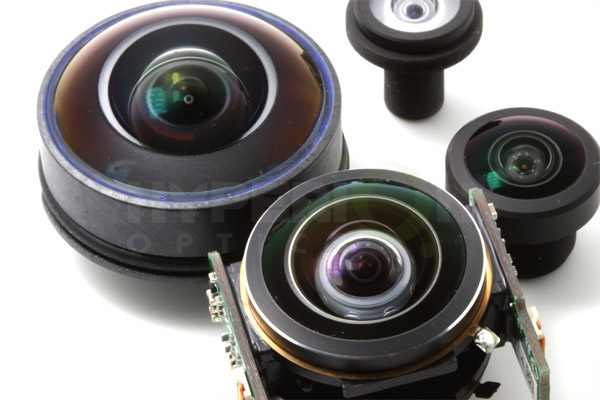
 Call us on:
Call us on:  Email us:
Email us:  9B-4F, No.1 Qingnian Road Liando U Valley,Yuhua International Wisdom Valley, Nanjing, 210039 China
9B-4F, No.1 Qingnian Road Liando U Valley,Yuhua International Wisdom Valley, Nanjing, 210039 China 








 English
English  cn
cn  de
de  es
es  fr
fr 


